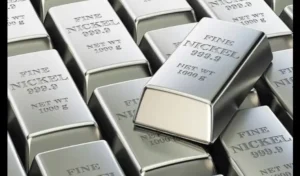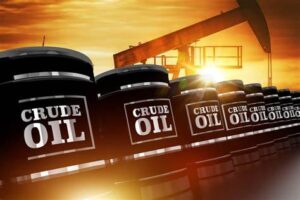MAJOR CHARACTERISTICS
- Composition: Natural gas primarily consists of methane and is found associated with fossil fuels, coal beds, and methane clathrates. It’s created by methanogenic organisms in marshes, bogs, and landfills.
- Processing: Before use, natural gas undergoes extensive processing to remove impurities. By-products include ethane, propane, butanes, pentanes, sulfur, carbon dioxide, helium, and nitrogen.
- Transportation and Storage: Transportation is primarily via pipelines for inland transport, while Liquified Natural Gas (LNG) technology is used for oceanic transport. LNG projects are capital-intensive due to the need for specialized ships and terminals.
- Applications: Natural gas is utilized in power generation, domestic/commercial heating, industrial processes, fertilizer production, as Compressed Natural Gas (CNG) for vehicles, and in petrochemical manufacturing.
GLOBAL SCENARIO
- Reserves: Estimated at 185.2 trillion cubic meters globally, with significant reserves in the Middle East and Eurasia, particularly in Russia, Iran, and Qatar.
- Consumption: Consumption has risen, with substantial reserves-to-production ratios. The worldwide ratio stands at 63 years.
- Production and Consumption: In 2008, total global production was 3065.6 billion cubic meters, and consumption was 3018.7 billion cubic meters. Major producers include Russia, the US, Canada, and Iran, with the US, Russia, Iran, and Canada being major consumers.
- Trade: Piped natural gas and LNG trade in 2008 was reported at 587.3 bcm and 226.5 bcm, respectively. Major exporters/importers vary depending on the form of gas (piped, LNG, or CNG).
MARKET INFLUENCING FACTORS
- Supply and Demand: Natural gas prices are influenced by market supply and demand dynamics. Short-term changes in either can lead to significant price movements.
- Demand-Side Factors: Economic strength, weather conditions, and crude oil prices impact demand. Severe winters in developed countries increase heating demand.
- Supply-Side Factors: Variations in production, imports, and storage levels affect prices. Disruptions due to hurricanes and severe weather can impact supply.
- Macroeconomic Factors: Exchange rates, interest rates, and other economic indicators also influence natural gas prices.
MEASUREMENTS
| Measurement | Equivalent |
|---|---|
| 1 mmBTU (million British Thermal Units) | 25.2 SCM (Standard Cubic Metre) |
| 1 SCM | 1 cubic metre at 1 atmospheric pressure and 15°C |
| 1 TCF (Trillion Cubic Feet) | 4 MMSCMD (million metric standard cubic metre per day) |
| 1 MMTPA (Million tonne per Annum) of LNG | 4 MMSCMD |
| 1 MT of LNG | 1300 SCM |





















+ There are no comments
Add yours